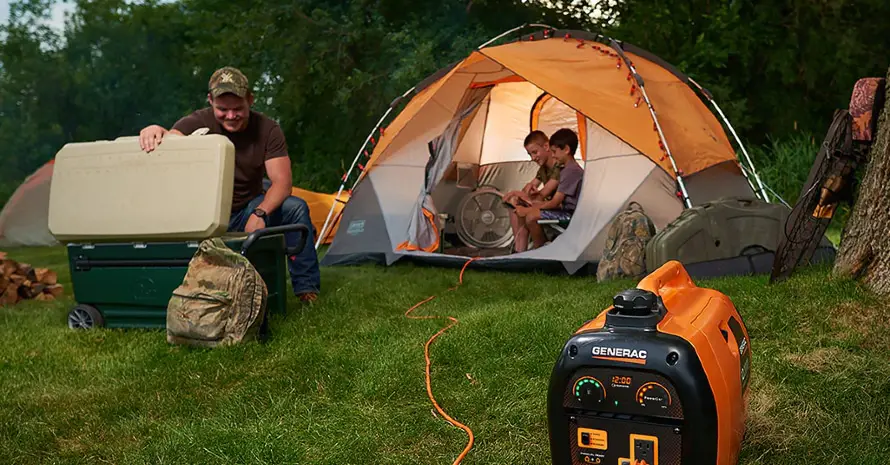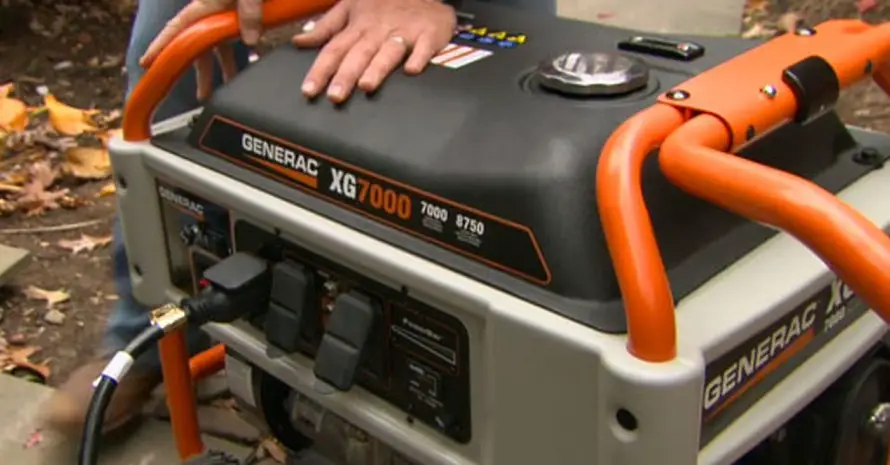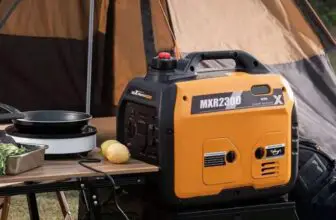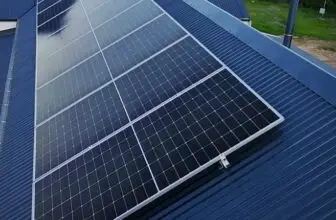
A power outage can be a major problem, especially during summer. A portable generator can be a lifesaver during power outages. It can help you power up your small appliances, air conditioners, fans, refrigerators, pumps, lights, and other small devices.
Since the power produced by a generator is not as reliable as that of the main power grid, it must be properly connected to the home’s electrical system. Otherwise, it can cause fires, electrocute people working on it, or damage house wiring and equipment.
In this article, I will share with you how to connect a portable generator to the electrical panel and get your lights back on immediately. Knowing how to hook up a generator to a breaker box to run the whole house will save you thousands of dollars instead of having to hire an electrician.
How to Connect Portable Generator to Electrical Panel?
Contents
Here are the steps that you can follow to connect a generator to the panel successfully.
Transfer switch
To connect a portable generator to a home electrical system, you need to install a transfer switch. This switch, which can be wired into the home’s electrical system, allows the apparatus to provide power to your home without damaging any of the equipment or house wiring.
The transfer switch has three main components: a control box that is connected to your home’s electrical system, a generator connection, and a power cord that runs from the generator to a control box.
The power cord is equipped with an automatic transfer switch that allows the generator to turn on and off when the home’s electrical system is powered on and off. The control box has a set of switches that allow the user to connect the home’s electrical system to the generator or a battery backup. These switches are usually labeled and easy to understand.
The power cord has two male ends. One male end is a standard power plug that is connected to the generator. The other end has a plug that is compatible with the control box.
Steps to follow
Step 1. Identify the panel board box. The main electrical panel in a home is often located in a closet near the front door. The panel box can typically be identified by a cover labeled “Electric” and a large number of wires going into the box, which carries 120 volts of electricity.
The neutral wires coming from the panel box are often white. The panel box is often referred to as the main service panel. So, you’ll need to wire a generator to the main panel of your house. There are two ways to do this, either by a transfer switch or by diverting a circuit.
The transfer switch is the easier of the two because you are essentially just connecting a generator to an electrical panel by plugging it in.
Step 2. Disconnect the main breaker. You should turn it off before working on the electrical system. This ensures that there is no electricity flowing into your home.
You also want to make sure that your portable generator is not connected to the home’s main breaker. This will help to avoid accidental electrocution.
In the event of a power outage, you will be able to connect the generator to the main breaker and get power restored. It should not be used for normal household power.
Step 3. Remove the main panel cover. Locate the main electrical panel. There will be a cover for the panel box, remove it to expose the main electrical panel. Remove the circuit breaker by turning the breaker’s handle counterclockwise.
Step 4. Connect the generator to the transfer switch. A transfer switch is a device that allows you to connect the generator to the power panel when there is an outage. It is installed between the generator and the main electrical panel. The incoming circuit breaker is connected to the transfer switch.
Step 5. Connect the generator to the breaker box. The electrical system in your home can be restored by connecting the generator to the main circuit breaker. To do so, remove the main breaker from the electrical panel. Place the breaker in the box on the transfer switch labeled “Generator.”
Connect the generator to the main breaker by plugging the main power cord into the main breaker and turning it on the main breaker. You should see the breaker click and hear the generator begin to run.
Step 6. Test the generator. Do this to make sure that it is able to provide power to your home. Turn on the main circuit breaker. Test the lights and appliances to make sure that they are working.
The generator is now properly connected to the electrical panel, and the power can be used to supply power to your property during an emergency.
Safety Measures
Connecting a portable generator to an electrical panel requires understanding the safety precautions. For instance, the item should be located outside the house.
If you are using a portable generator, it is important to make sure that it is not powering your home’s electrical equipment and that it is grounded properly to prevent you from receiving an electric shock.
To ensure safety and prevent hazardous damage to the electrical panel, there are two ways to connect your portable apparatus to the house’s electrical panel. First, it can be hooked up to a generator sub-panel. This sub-panel will transform the voltage so that it matches the voltage of the house.
The second way is to know how to hook up the generator to fuse the box correctly. A fuse box is a safe place to hook up your generator because it will stop the flow of electricity if a short circuit happens. A generator is connected to the fuse box with a transfer switch.
It is a good idea to read the instruction manual on how to wire a generator to a breaker box that came with the item to determine what type of generator you have and how to connect it to the electrical panel.
Besides, the National Electrical Code (NEC) has specific rules about wiring generators to panels and safety for generators. The NEC is not a stand-alone document; it is a compilation of industry standards and practices, all of which must be taken into consideration when hiring a generator.
The Bottom Line
The generator’s power is available for limited appliances such as lights, a television, and a few other devices. In order to connect the generator to the home’s electrical panel, wire a generator to the main panel. This is a relatively easy process that can be done by an experienced, knowledgeable do-it-yourself homeowner.









